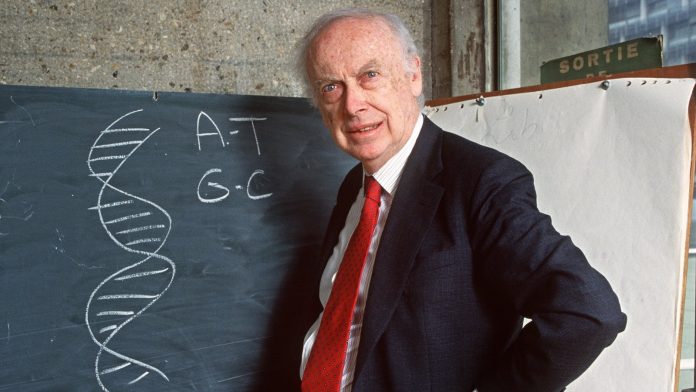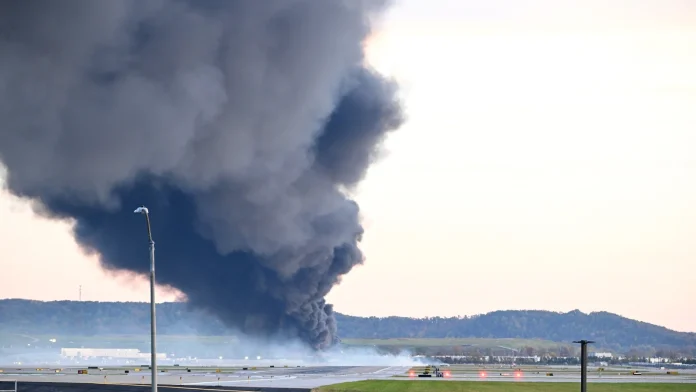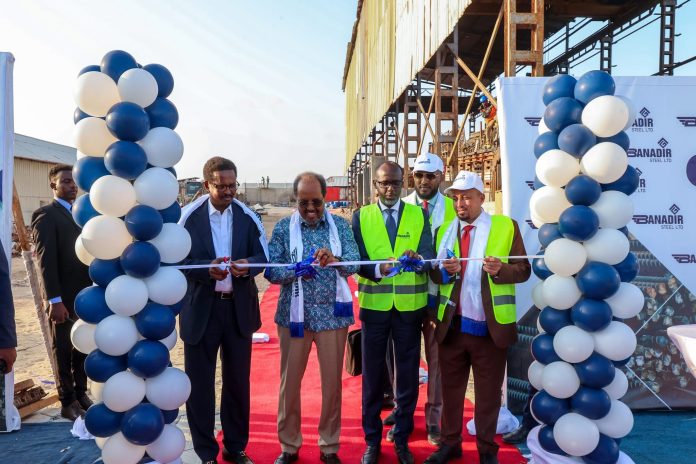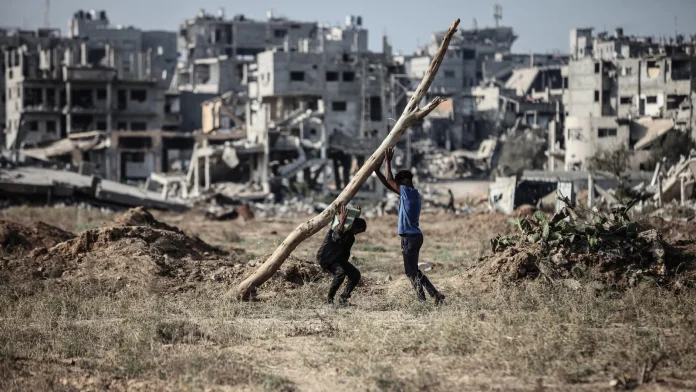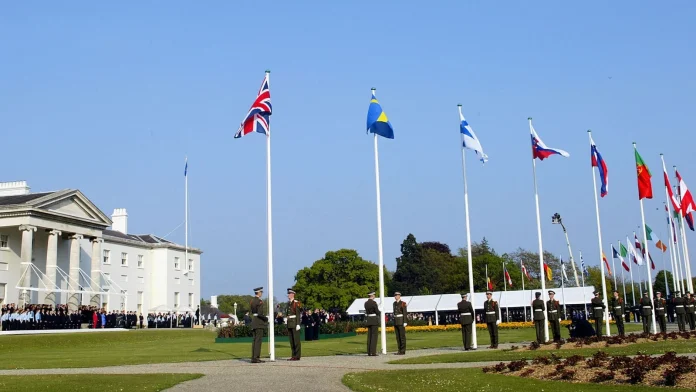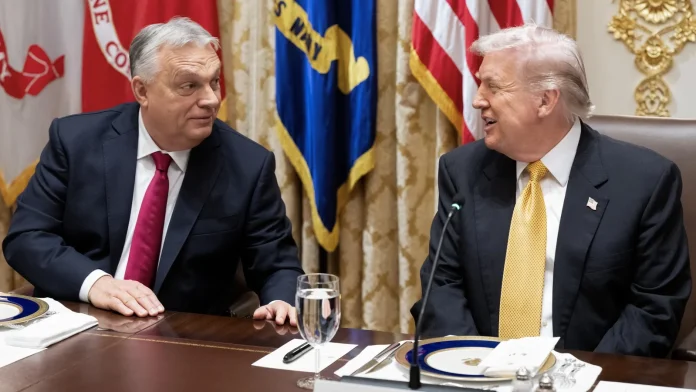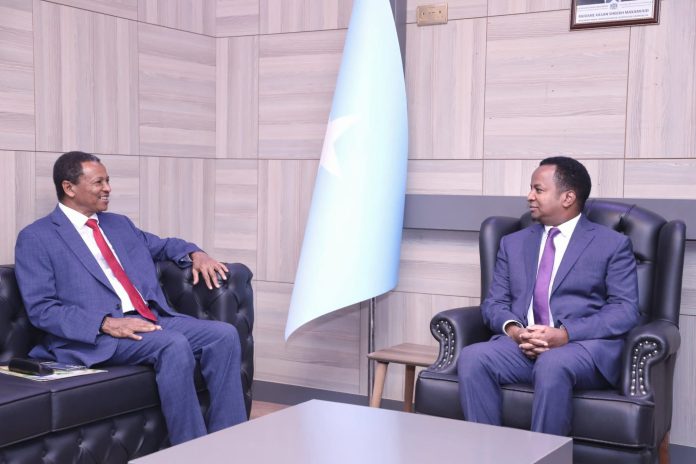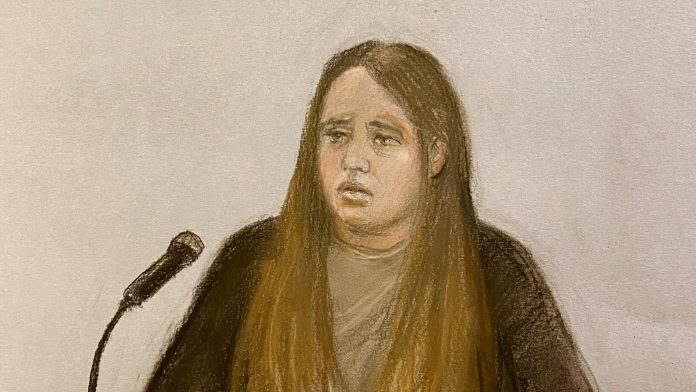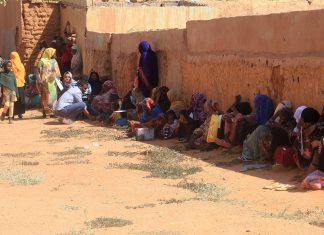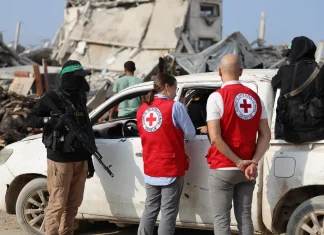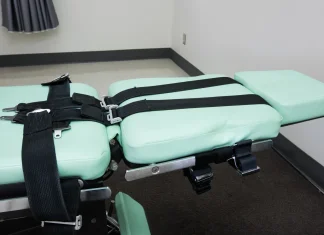On the Edge of Silence: Sudan’s Fragile Pause — and the Threat of a Darker Storm
Late one night in Khartoum, a woman I met over a chipped cup of sweet tea paused, listening to the city’s uneasy breath. “We sleep with our shoes on,” she told me, rubbing her palms together as if to warm a memory. “Not because it’s cold — because you never know when someone will have to run.”
That image — a small ritual of preparedness carried out in the shadow of distant explosions — feels like the new normal across large swathes of Sudan. After more than two years of pitched combat between the Sudanese Armed Forces and the paramilitary Rapid Support Forces (RSF), negotiators in Washington, Jeddah and Abu Dhabi unveiled a truce plan that the RSF says it accepts. Yet the United Nations, aid groups and many residents say the ground tells a different story: forces are moving, drones are buzzing, and people are still fleeing.
Between a Paper Promise and the Rattle of Artillery
“There is no sign of de-escalation,” UN human rights chief Volker Türk warned, painting a grim picture that aid workers and civilians recognize all too well. Satellite imagery analyzed this week by Yale University’s Humanitarian Research Lab shows roads choked, checkpoints hardened and at least one major civilian escape route blocked near the city of El-Fasher — the Darfur capital whose fall to the RSF two weeks ago shocked observers.
El-Fasher was once home to roughly 260,000 people. The United Nations estimates about 70,000 have fled to nearby towns such as Tawila, but tens of thousands remain unaccounted for. Médecins Sans Frontières’ newly elected president, Dr. Javid Abdelmoneim, put it bluntly: “We have seen perhaps 5,000 come out toward Tawila. Where are the others? That is our deepest fear.”
Those fears are not idle. NGOs say satellite photos reveal suspected mass graves and credible reports of mass killings, sexual violence and widespread looting as the RSF consolidated control over all five state capitals of Darfur. In the capital, Khartoum, residents reported a string of blasts, power cuts and the buzzing of reconnaissance drones. In the northern railway town of Atbara, anti-aircraft guns were said to have shot down several drones before dawn, sending smoke rising over the eastern skyline.
Numbers That Won’t Fit on a Page
The statistics flatten faces into digits, but they also insist on a scale we cannot ignore: the fighting, which erupted in April 2023, has killed tens of thousands, pushed nearly 12 million people from their homes, and triggered a hunger crisis that is swallowing families whole.
- Displaced: Close to 12 million people uprooted — internally displaced or seeking refuge across borders.
- Hunger risk: The Integrated Food Security Phase Classification (IPC) warns that Dilling is at risk of famine; Kadugli is already teetering on that grim line.
- Urban contraction: El-Fasher’s population went from roughly 260,000 to a fraction, with only about 70,000 confirmed as displaced to nearby towns.
Numbers like these demand not just humanitarian response but also political imagination. What looks like a potential truce on a paper schedule could become either a breathing space for diplomacy — or a strategic pause where one side reorganizes for a more devastating push.
The Truce Proposal: A Credible Lifeline or a Strategic Ploy?
The ceasefire framework, reportedly proposed by the United States along with Saudi Arabia, the United Arab Emirates and Egypt, is said by a senior Saudi official to call for a three-month halt to major operations and the opening of talks in Jeddah. The RSF publicly announced its acceptance; the government, backed by the Sudanese army, has not formally replied.
“Talks are only meaningful if both sides have the capacity and the will to stop killing people,” said an aid coordinator who has worked in Sudan since 2019. “A signed document won’t stop a drone from being launched at midnight.”
Some analysts view the RSF’s acceptance as cosmetic. “It’s a PR move,” said Cameron Hudson of the Center for Strategic and International Studies. “After El-Fasher, the RSF likely wants to reframe itself as a responsible actor, even as allegations of atrocities pile up.”
Yet the geopolitical landscape is messy. The UAE has been accused of supplying arms to the RSF — allegations it denies — while the army has received backing from Egypt, Saudi Arabia, and reportedly influenced ties with Turkey and Iran. When regional patrons are part of the chessboard, local ceasefires can bear the fingerprints of foreign calculation as much as local desire.
On the Ground, People Simply Want to Survive
In El-Obeid, a key crossroads linking Khartoum to Darfur, residents describe a city braced against a new offensive. “We keep hearing a distant drone, then the radio warns of incoming,” said a teacher there. “There is this awful rhythm: shelter, count the doors, check on neighbors, wait.”
In Dilling, where the RSF reportedly shelled a hospital, killing and wounding medical staff and destroying radiology equipment, an elderly mother named Fatima whispered, “We have nothing left in the clinic but hope.” The Rome-based IPC’s declaration that Dilling faces a risk of famine turns a tragic phrase into urgent policy need: without corridors for food, medicine and safe passage, starving populations become yet another casualty of political stalemate.
Why the World Should Care — and What It Can Do
Sudan’s collapse is not contained. It ripples across the Sahel, threatens migration routes into North Africa and Europe, and fuels extremist recruitment in fragile regions. A hunger crisis here is a global moral test. How will world powers reconcile their strategic interests with the immediate needs of civilians? How do donors, regional governments and international institutions prevent a humanitarian vacuum from becoming a vacuum of governance and dignity?
There are pragmatic steps the international community can push for:
- Open and monitor humanitarian corridors with neutral observers and secure ceasefires where necessary.
- Insist on transparency around any truce terms, including independent verification and accountability mechanisms for alleged war crimes.
- Scale up food, water and medical aid now — not as an afterthought when famine is declared.
“People are starving without headlines,” said an NGO director in Khartoum. “Donors respond to attention. We need steady funding that isn’t tied to the news cycle.”
What Comes Next?
As the RSF claims it accepts the ceasefire and Khartoum’s skyline sizzles with drone strikes, the question for ordinary Sudanese is painfully simple: will the truce mean space to rebuild lives, or will it be a lull before another wave of violence? Will the international community turn its diplomatic muscle into a real shield for civilians, or will diplomacy be narrowed to the interests of external patrons?
When I left the tea shop, the woman with the shoes by the bed smiled sadly. “We hope,” she said. “That’s what keeps us breathing.”
Hope is fragile. It needs more than words. It needs safe corridors, verified pauses in fighting, and enough food and medicine to make a promise to survive worth keeping. If the world is watching — and it must — then watching must become acting. Otherwise, the shoes by the door will remain filled with the weight of fear, and the quiet that follows the latest explosion will be only the breath held before another fall.



